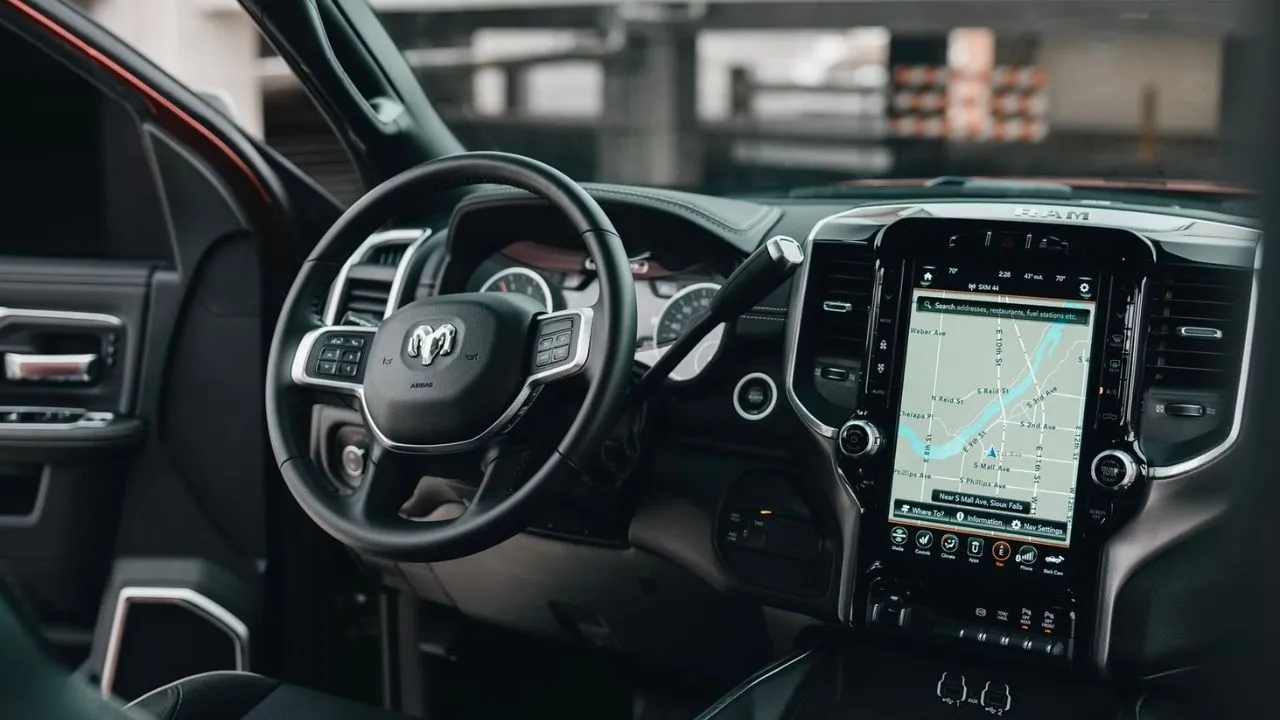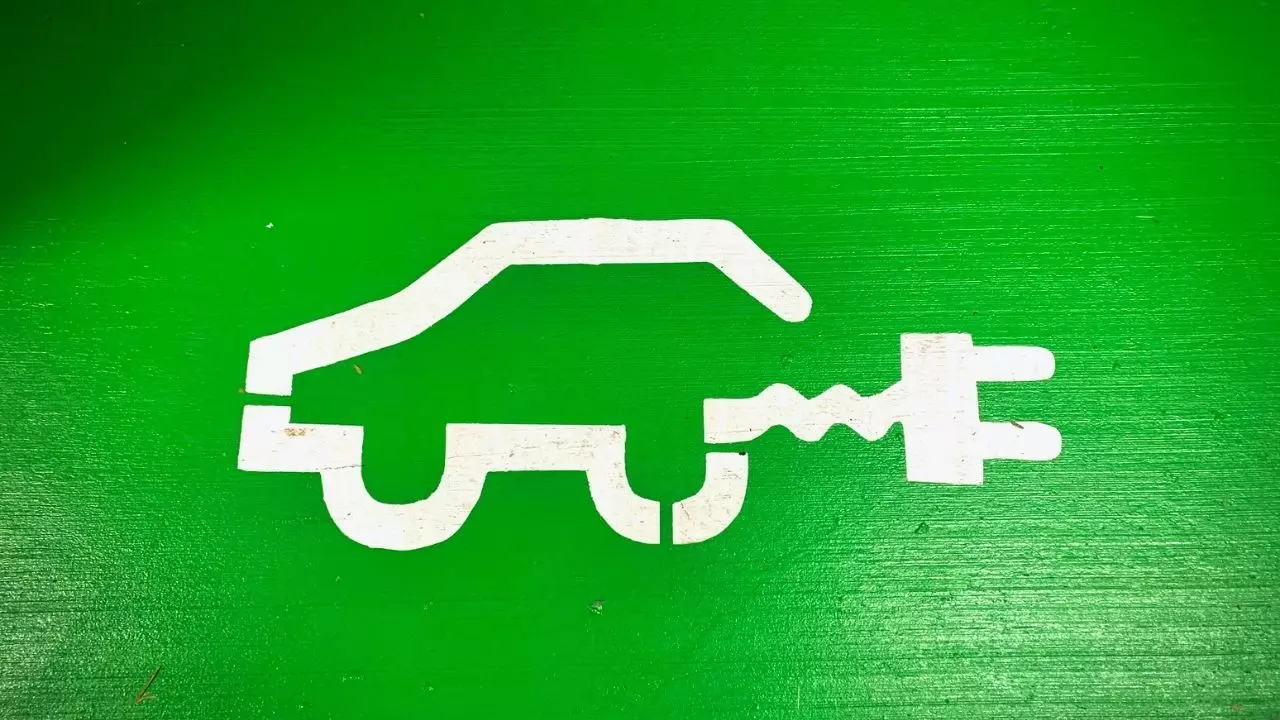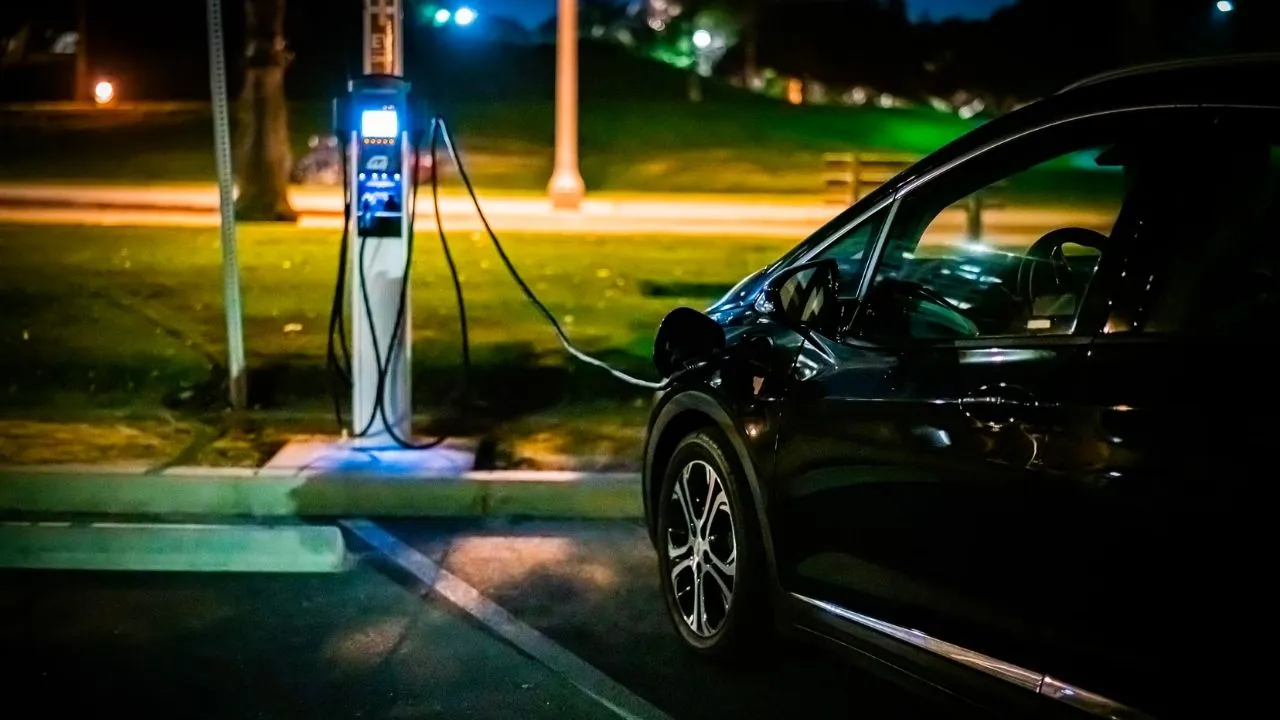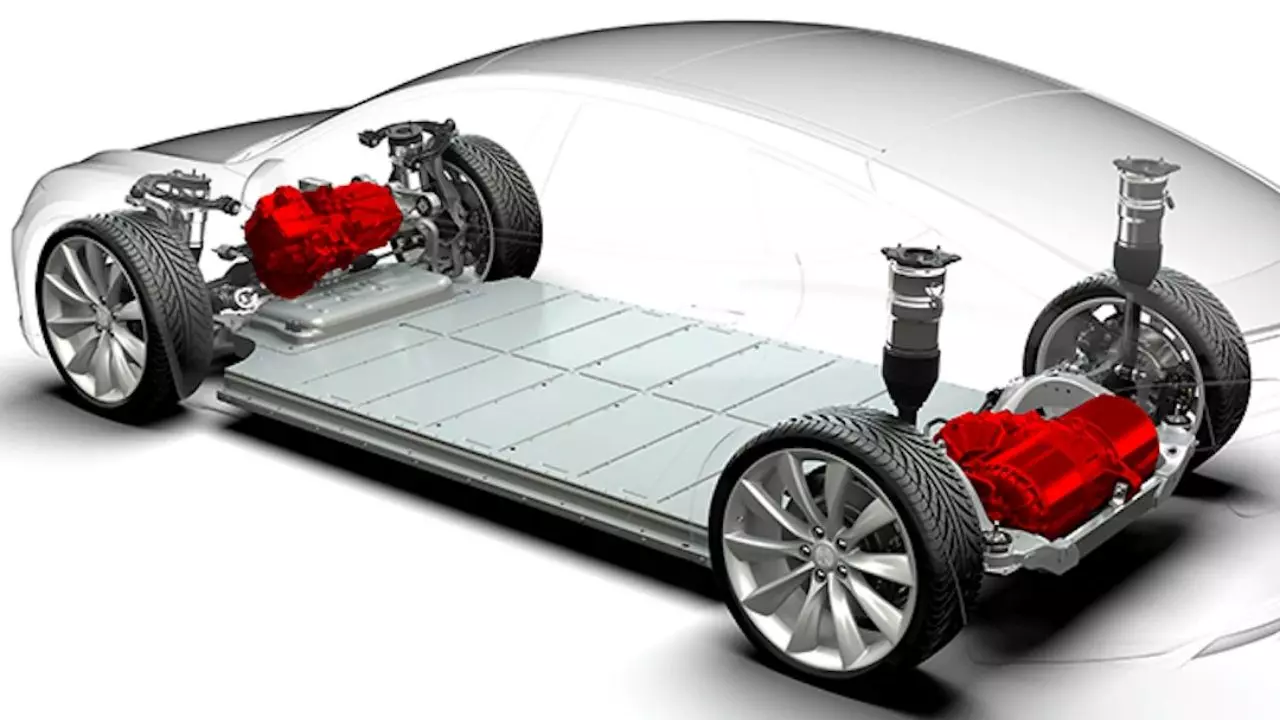Electric car technology has come a long way in recent years, and one area that has seen significant advancements is the brakes. As more and more people switch to electric cars, questions about the lifespan, maintenance, and function of electric car brakes become increasingly relevant. In this comprehensive guide to electric car brakes, we’ll cover everything you need to know about how they work, their lifespan, and maintenance tips to ensure safe driving. Whether you’re curious about the average lifespan of electric car brakes or how to maintain them properly, we’ve got you covered. So let’s dive into the world of electric car brakes and discover what sets them apart from traditional brakes.
How Electric Car Brakes Work: A Comprehensive Overview

Electric car brakes operate differently than traditional brakes. Most electric and hybrid vehicles feature a regenerative braking system that captures the kinetic energy from braking and converts it into electrical power to charge the high voltage battery. This system not only helps to conserve energy, but it also slows the car down, which assists the use of traditional brakes.
In a traditional braking system, friction between the brake pads and rotors is what causes a car to slow down. However, this method is highly inefficient when it comes to conserving energy. Almost all of the kinetic energy that propels your car forward is lost as heat when you apply the brakes. Regenerative braking solves this problem by recapturing upwards of 70% of the kinetic energy that would otherwise be lost during braking. The amount of energy recovered depends on your car model and driving behavior.
Regenerative braking works by reversing the process that drives the car forward. In an electric car, the battery pack powers a motor or motors, which create torque on the wheels, generating rotational force. Electrical energy from the battery is transformed into mechanical energy, which spins the wheels.
When you remove your foot from the accelerator or press the brake pedal, regenerative braking is activated. The electric motor not only acts as an electric generator, but it also helps to slow down the car because energy is consumed by the wheels as they rotate the shaft in the electric motor. The energy from the spinning wheels is used to reverse the direction of electricity, from the electric motor(s) to the battery.
While regenerative braking is highly effective, it’s important to keep in mind that every moving body contains kinetic energy. When a car with an internal combustion engine brakes, this energy is used to erase the brake discs and brake pads in contact, or “nowhere.” Energy utilization is handled more carefully by electric automobiles.
Do Electric Cars Have Brake Pads? Understanding the Differences

If you’re wondering if electric cars have brake pads, the answer is yes. While electric vehicles (EVs) are equipped with regenerative braking systems that can reduce the need for conventional brakes, the brake pads on electric cars are still an essential component of the braking system.
In gas-powered cars, the engine runs the wheels, and when you need to stop, the brake fluid flows from the master cylinder to the brake calipers. The calipers squeeze the brake pads against the rotors on the wheels, which generates friction and helps the rotors to slow down and stop spinning. There are a few different types of pads available on the market, including organic, metal, and ceramic brake pads, each with its own advantages and disadvantages.
Since friction-style brakes are the most efficient when needing to stop quickly, EVs have to use the same type of brakes as gasoline cars. However, there is a significant difference in how the two types perform. Unlike gas-powered vehicles, electric vehicles use their motors to slow down the car, whereas gas-powered vehicles use a separate braking system from the engine. Additionally, EVs don’t use their brakes as often as traditional cars. Brakes are mainly meant for quick-stopping instances, such as when someone pulls out in front of you. This means that rust tends to form on brakes in EVs.
When you drive an electric vehicle, the braking system uses the energy created from the brakes and puts it to use by diverting it to the car’s battery, helping to lightly recharge it as you drive down the road. Because they don’t use the brakes as often, EV pads last much longer than those from gas-powered cars.
Regenerative braking is not as efficient when the battery is cold. It takes a bit to warm up the vehicle when you start up an EV, so you’re not going to recuperate as much energy as you would when the car is warmer unless you run the vehicle for a few minutes to warm it up before you take off and drive.
Brake pads in EVs and gasoline-powered vehicles are pretty similar in design, but they perform much differently due to regenerative braking. While regular brakes produce energy, they don’t have anywhere to send it to for the car to benefit from it. Meanwhile, electric vehicles use the energy they capture from the regenerative braking system.
Factors That Affect the Lifespan of Electric Car Brakes

Electric cars are an excellent alternative to traditional gasoline vehicles, and one of the significant benefits is that they have far fewer moving parts. The brakes in electric cars last longer than conventional cars because they use regenerative braking power. However, like any other vehicle component, there are several factors that can affect the lifespan of electric car brakes. Brakes in electric vehicles can usually last well over 100,000 miles before needing to be replaced. Some drivers have even reported brakes stretching past the 200,000-mile point. However, the lifespan of electric car brakes can vary based on several factors such as driving style, type of driving, and maintenance.
- Driver’s Style: The driver’s style is one of the most significant factors that can impact the lifespan of electric car brakes. Hard braking can wear out brake pads more quickly. Therefore, to extend the lifespan of your brake pads, it’s essential to brake smoothly and gradually, especially when coming to a stop.
- Type of Driving: Another factor that affects the lifespan of electric car brake pads is the type of driving. If you drive in a hilly area or do a lot of stop-and-go driving, your brake pads may wear out more quickly. In contrast, if you mainly drive on the highway or in an area with few stop signs or traffic lights, your brake pads may last longer.
- Maintenance: Proper maintenance is crucial to keep your electric car brakes in good condition. Check your owner’s manual for recommended brake maintenance intervals and follow them. Some electric car models require less frequent maintenance than traditional vehicles. Keep an eye on the tyres and wheels, as they can wear down quicker due to the extra weight of the battery. It’s also important to monitor the brake fluid levels and have them checked periodically.
Signs of Worn-Out Brakes on Electric Cars: When to Replace Them

The brake system is one of the most important safety features on an electric car, and it’s important to keep it properly maintained. Unfortunately, even with proper maintenance, brake pads and other components will eventually wear out and need to be replaced. Here are some common signs of worn-out electric car brakes and when you should consider replacing them.
- Screeching or Squealing Noise: As brake pads wear down, they will eventually make contact with the rotor surface, which causes a screeching noise. Modern electric cars have brake pad sensors that can detect this and alert you through the brake warning light on the dashboard. Cars without this feature usually have wear indicators that squeal when the pads need replacing. A screeching noise could also indicate other issues such as a stone stuck in the brakes or a problem with another part of the braking system. If you hear any screeches, take your car to a garage to be checked as soon as possible.
- Taking Longer to Slow Down: If it’s taking longer than usual to slow down when you apply the footbrake, this could be due to a seized brake calliper or a fault with the brake servo system. This is a serious safety concern that needs immediate attention. Book in to a garage as soon as you notice an increase in the distance required to stop your car.
- Grinding or Scraping Noise: If you hear a grinding or scraping noise, it’s a sign that the friction material on the brake pad has worn away completely. The scraping sound is the metal of the brake pads touching the metal of the brake disc. This could seriously impact braking function and cause expensive damage to the brake discs. If you hear this noise, don’t drive your car any further until the brakes have been checked by a professional.
- Vibrations: Vibrations can be a sign that there’s an issue with a number of different parts of your car, including your braking system. If you feel the steering wheel or brake pedal vibrating when you brake, this could mean there’s excessive wear or damage on the brake pads or discs, or a warped disc. In this case, we recommend booking your car in to a garage for further investigation.
- Brake Fluid Leak: If you spot a puddle under your car, use a tissue to check if it’s oily or coloured. Clear water is likely to be harmless discharge from the air conditioning, but anything else needs to be checked by a garage. A better indicator of a brake fluid leak is a fluid level drop, which should trigger a warning light or message on your car’s dashboard.
In conclusion, if you experience any of the above signs, it’s essential to get your electric car brakes checked by a professional as soon as possible to ensure the safety of yourself and others on the road. Remember, regular maintenance and inspection can help prevent many brake problems, so it’s important to stay on top of your car’s maintenance schedule.
Do Electric Cars Have Longer Brake Life? Comparing to Traditional Cars

One of the most significant advantages of electric cars is their regenerative braking system, which sets them apart from traditional cars. Electric cars use their motor to slow down and use the generated energy to recharge their battery. This system means that electric cars have a much longer lifespan for their brake pads than traditional cars.
In traditional cars, friction brakes slow down the car, and they need to be replaced when they wear out. The average lifespan of brake pads in traditional cars can vary depending on factors like driving habits, road conditions, and the type of vehicle. In New Zealand, the average lifespan of brake pads and discs in European cars is approximately 40,000km.
On the other hand, electric car brakes last much longer due to the regenerative braking system. The system generates electricity that goes back to the battery and uses no friction, resulting in no wear on the brakes. According to some experts, brake pads on an electric car like the Nissan Leaf can last more than 100,000km.
However, several factors can affect the lifespan of electric car brakes. These factors include the driving habits, the terrain, the type of vehicle, and the frequency of regenerative braking. Therefore, to maintain electric car brakes, it is essential to be aware of these factors and take necessary precautions.
To maintain electric car brakes, regular inspection is critical. Signs of worn-out brakes include a spongy pedal, unusual noises, or reduced braking performance. It’s also essential to keep the brake system clean and to follow the manufacturer’s maintenance recommendations.
Understanding the Importance of Electric Car Brake Maintenance

Electric cars have been around for a while, and they continue to grow in popularity. One of the reasons for this is the fact that they’re more eco-friendly than traditional gasoline-powered vehicles. But how do electric car brakes work, and do they require maintenance?
Unlike traditional vehicles that use friction brakes to slow down or stop, electric vehicles use regenerative braking. This means that when you brake, the kinetic energy of the car is converted into electricity, which is then used to power the vehicle. This process not only saves energy but also helps to extend the lifespan of your brake pads. According to some experts, you may have to replace your electric car brake pads up to two times less frequently than on a traditional vehicle.
While regenerative braking is an impressive technology, it doesn’t mean you can avoid servicing your brakes altogether. Regular maintenance of your brakes is crucial to ensure that they’re in good working order. Signs of worn-out brakes on electric cars include grinding noise, vibration or pulsation in the pedal, or reduced brake responsiveness. If you notice any of these signs, it’s essential to have your brakes checked immediately.
The average lifespan of electric car brakes depends on several factors, such as driving habits, road conditions, and vehicle weight. However, on average, electric car brakes can last anywhere from up to 100,000 miles. Do electric cars have longer brake life? While regenerative braking helps to extend the lifespan of your brake pads, it’s still important to check the traditional brakes periodically to ensure they’re functioning correctly.
Factors that affect electric car brake wear include driving style, weight, and the speed at which you drive. The heavier the vehicle, the faster you drive, and the more aggressive your driving style, the more quickly your brakes will wear out.
So, how to maintain electric car brakes? The best way to maintain your electric car brakes is to have them checked regularly by a professional mechanic. They will inspect your brakes for wear and tear, replace the brake pads if necessary, and check the brake fluid levels. In addition, try to avoid driving at high speeds and pre-plan your route to avoid heavy traffic. These actions can help to conserve speed, which will ensure that your battery lasts longer, and of course, prevent you from needing to slam on the brakes.
How to Check and Maintain Your Electric Car Brakes?

Electric cars require less maintenance than regular vehicles, but it is important to check some things before embarking on a long journey to ensure a smooth ride. One of the critical components to inspect is the brakes. In this guide, we’ll provide a step-by-step process to maintain your electric car brakes and address common concerns. Here are some tips for maintaining your electric car brakes:
- Regularly check the brake fluid level and flush it out as necessary. The frequency of flushing out brake fluid varies from one car model to another, and it is recommended to consult professionals for advice.
- Check the condition of brake pads and rotors and replace them if necessary. Rust on brake pads and rotors can cause them to wear out more quickly.
- Check the calipers regularly for rust and ensure they have not seized. Lubricate them regularly to prevent corrosion and seizing.
- Pay attention to the regenerative braking settings and driving style to minimize wear on the brakes.
Due to regenerative braking, electric cars have longer brake life than regular vehicles. However, it is still important to maintain them regularly to ensure their optimal performance.
Wrap-Up
In conclusion, the lifespan of brakes on an electric car can vary depending on several factors, such as driving habits, terrain, and maintenance. While electric vehicles tend to use regenerative braking more frequently, which can prolong the lifespan of traditional brakes, they are still subject to wear and tear like any other vehicle. However, with proper maintenance, including regular brake inspections and replacement of brake pads and rotors when necessary, electric car owners can ensure that their braking system remains safe and reliable. As electric vehicles continue to gain popularity, drivers need to stay informed about their vehicle’s maintenance needs to ensure optimal performance and longevity.
